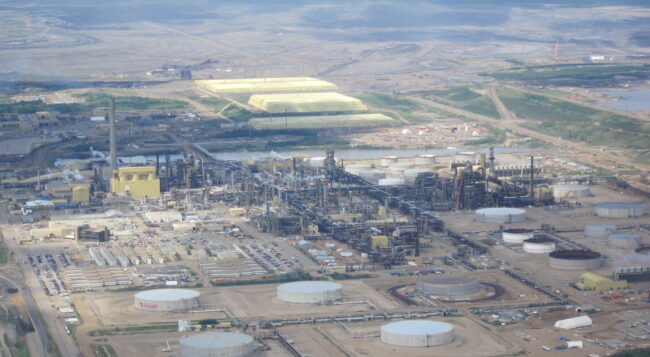Originally published by The Hill Times
The federal government presented its long-awaited climate accountability legislation last week, with binding commitments to achieve Canada’s Paris Agreement climate targets, and net zero emissions by 2050.
The strengthened commitments present a huge challenge, especially considering that Canada has been setting, and missing, climate targets for almost 30 years.
On one hand, Canada needs to make deep cuts to its greenhouse gas output in order to achieve our targets. At the same time, we need to prepare for the low-carbon economy of the future, and ensure that no Canadian region is left behind. In particular, Ottawa will need to help Western Canada’s oil and gas sector cope with the threatened cancellation of the Keystone XL pipeline, and an uncertain market outlook for hydrocarbons.
A new report to be released this week by my organization shows how we can reduce emissions while strengthening the economy. We recommend three broad initiatives: carbon pricing, carbon removal, and a suite of complementary policies.
First, we need carbon pricing to do a lot of the heavy lifting. Carbon pricing can take us most of the way to our Paris targets if we continue to increase the price of emissions by $10 per year through 2030, based on new modelling from Navius Research featured in our report, Creating Clean Prosperity.
If we continue to increase carbon pricing through 2040, that policy alone could take care of about half the emissions reductions needed to reach net zero by 2050.
One of the ways that carbon pricing works to reduce emissions is by incentivizing clean technologies. A carbon price of $60 per tonne, for example, could make it economic to use carbon capture and storage technology to produce clean hydrogen fuel. Canada has trailblazing companies in this sector, like Svante and Proton Technologies, that are poised to take off as carbon pricing levels the playing field.
Carbon pricing also gives carbon-intensive industries the best chance to compete. That’s why it’s the preferred solution of many executives in the oil and gas sector, like CEO Mark Little of Suncor, who described his company as “huge supporters of a carbon price.”
Of course, carbon pricing won’t work unless it’s affordable for Canadians. That’s why it’s important to continue returning carbon revenues to households and businesses. By 2030, assuming the price of carbon keeps increasing, our modelling projects that the average Ontario household would receive more than $1,200 per year in carbon tax rebates. In Alberta, the average household rebate would be over $5,400.
Carbon pricing will be key to reducing our emissions, but halting climate change is going to take more than that. Here’s where the second initiative comes in—atmospheric carbon removal, which can not only help us reach net zero, but will also be needed to solve the formidable problem of how to deal with our accumulated carbon emissions.
To avoid the worst effects of climate change, climate scientists are in broad agreement that we’ll need to remove billions of tonnes of accumulated emissions from the atmosphere. Canada needs to do its part, and we can create economic growth in the process.
Natural solutions like tree planting can’t solve the problem by themselves—there’s simply not enough space for all the trees we’d need, and trees don’t sequester carbon indefinitely. For most of our carbon capture needs, we’ll require negative emissions technologies like direct air capture (DAC)—a system that sucks carbon from the air, to be permanently stored underground.
The cost to capture carbon using DAC is high today, but there’s a clear way to bring costs down—build more plants. That won’t happen on its own; it will take enabling policies to get there, like public procurement and tax credits.
With smart policy, the costs of DAC could fall below the carbon price in the mid-2030s, giving every remaining large emitter—from oil producers to airlines—a powerful incentive to demand more carbon capture, dramatically reducing net emissions in the process.
Under this scenario, we could have hundreds of DAC plants employing tens of thousands of Canadians by mid-century. Most of the action would be in the Prairies, where conditions are optimal for permanently storing captured carbon deep underground.
The third component of a robust climate plan is a package of investments and regulations that complement carbon pricing, by tackling emissions that are hard to reduce with pricing alone. This includes public funding for building retrofits, kickstarting clean energy technologies like hydrogen, and regulations to cut emissions from transport and stop methane leaks from the oil and gas sector.
Some of the most promising economic opportunities—like hydrogen, carbon removal, and geothermal energy—are especially well-suited to Canada’s existing oil and gas expertise. And much of the investment would be in Alberta and Saskatchewan.
If we play our cards right, Canada can create good jobs, clean growth, and prosperity for Canadians in the low-carbon society of the future. But other countries, including the United States under a new Biden administration, will be competing aggressively to dominate the clean economy. We need to move quickly if we want to claim our share.
Photo credit: The Interior (CC)








